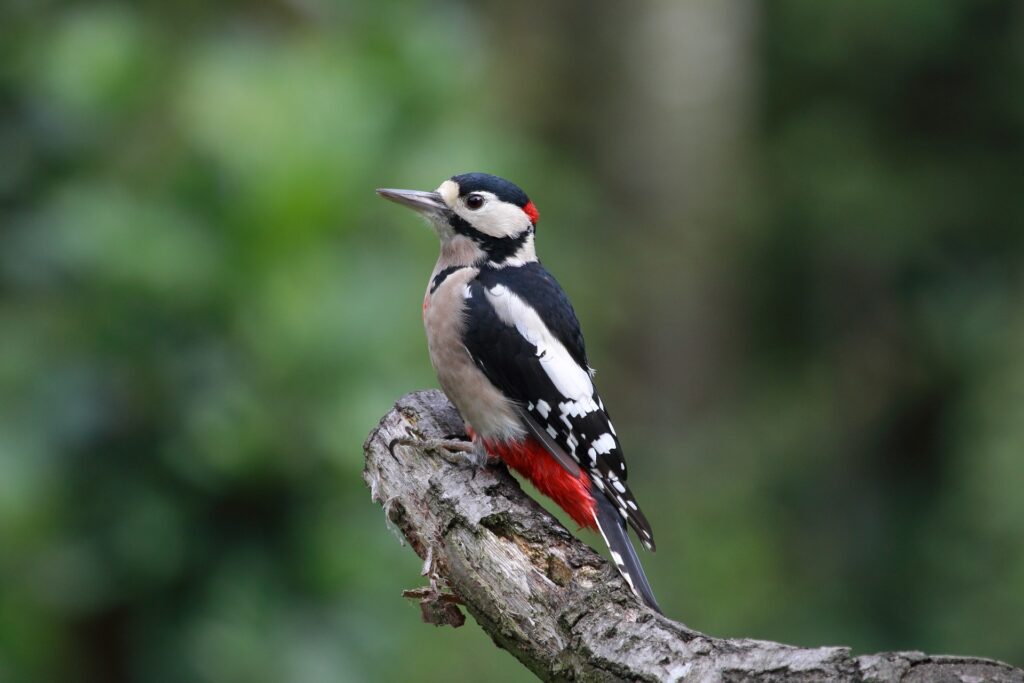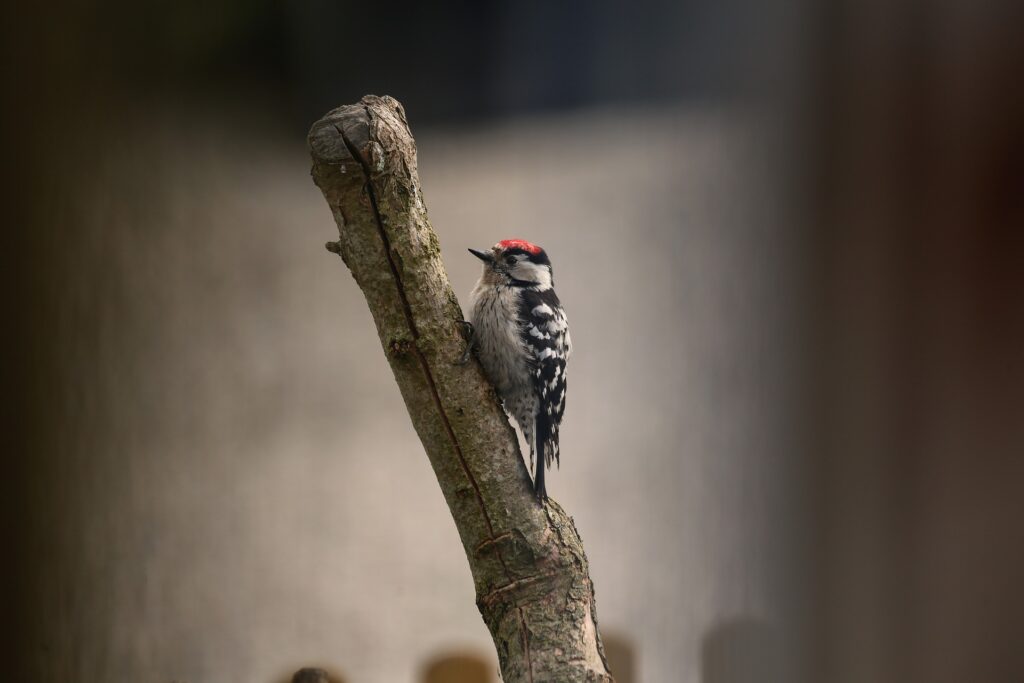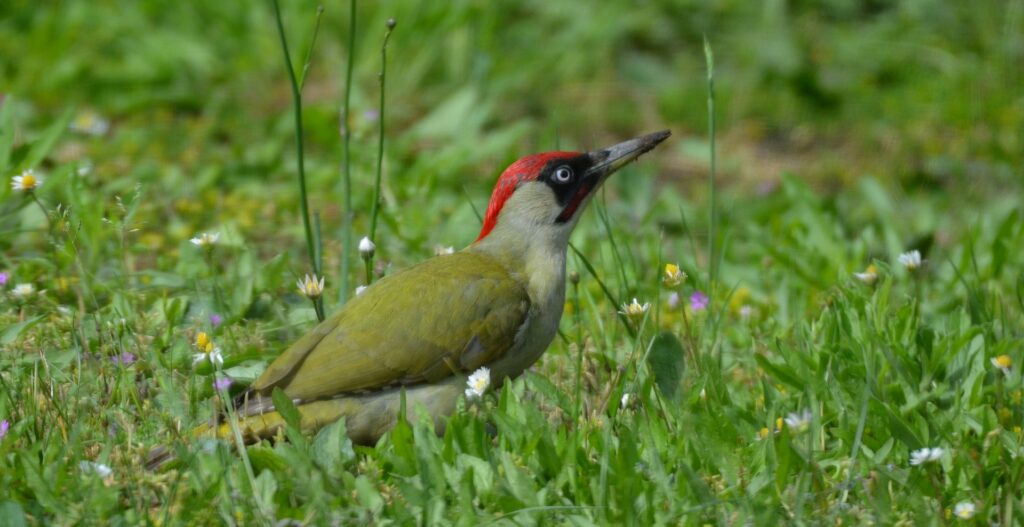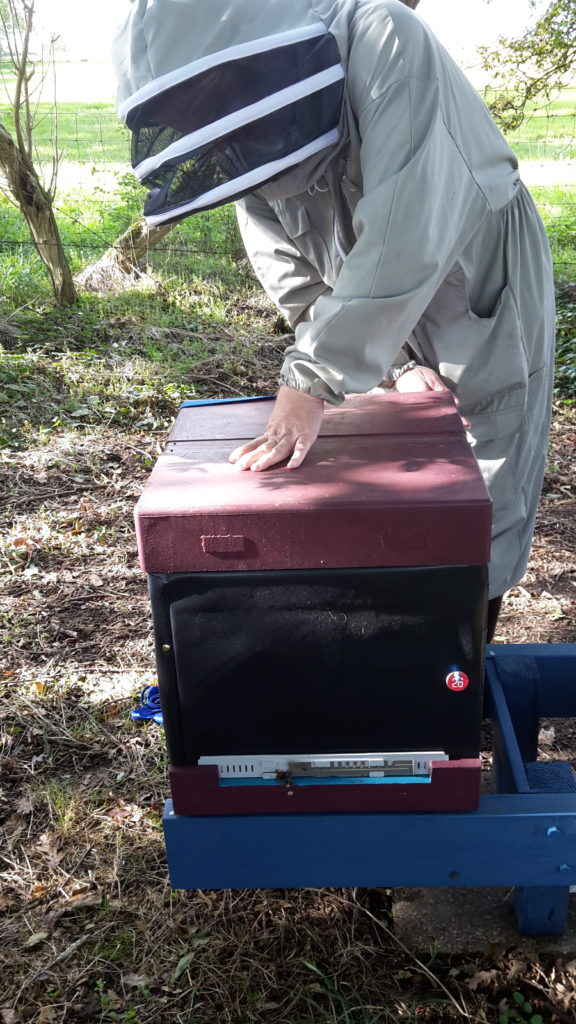Winter is now here and there’s not much for a beekeeper to do other than worry endlessly about their beloved bees and whether they’ll survive to the spring.
One of the precautions we can take is against unwelcome interest of the Yaffles or green wood peckers.
The UK has three types of woodpecker all of which I have seen in and around Milton Keynes and our garden.

The Greater Spotted Woodpecker is a lovely coloured bird that is a similar size to a Yaffle but doesn’t prey on bee hives.
The Lesser Spotted Woodpecker is the smallest of our woodpeckers and again isn’t interested in our hives.


The Green Woodpecker, affectionately known as the Yaffle usually eats ants and has a tongue like an Anteater which it uses to scoop up lots of ants from ant hill nests. Its tongue is so long that it is actually curled up around the inside of its head as it won’t fit in its beak.
During the winter months, if it freezes, the Yaffles can’t get to the ants and so look for other food sources. One of these may be a bee hive. The Yaffles hard beak makes short work of wood or poly hives and once in can clear out a hive of bees in a very short time. This is learnt behavior so once a Yaffle has discovered the food source they will keep coming back year after year.
So how can we keep the Yaffles away without hurting these lovely birds?

We use thick builders type plastic wrapped around the hives. This won’t stop a Yaffles beak but will prevent it getting purchase on the side of the box and so hopefully put them off. Some beekeepers use chicken wire loosely surrounding the hive. Once a Yaffle has discovered that hives are food sources this is the only way, other than moving the hives of protecting them. The trouble is its a lot of work to unwrap the hives every time to do anything so we work with a half way measure. The plastic wrap also provides some extra protection from wind and ran and helps keep the bees snugger through the winter. Lastly its tough enough to be put in storage and used year after year.